by Wallace Wyss –
When you start tracing the history of Porsche’s mid-engined cars, you come across, of course, the 550 and the RSK.
And the very first Porsche ever made was mid-engined, though they decided to go rear engine for production. So how did the 550 and RSK come about? Because of specials, outsiders building cars with Porsche engines showed Porsche the way to go.
One of the significant cars pointing Porsche the direction they should go was the Sauter roadster.
Made by an outside Porsche fan who thought Porsche had a good engine but what they needed was a car with the engine in the middle, lower polar moment of inertia and all that.
I am a little lost on which came first, the Sauter roadster or the 550 but fore sure when the Sauter was out there on the racetrack, it was saying to Porsche: follow my lead.
Now what’s interesting is that the Sauter roadster was brought to America in the ‘50s where it was raced and used by Max Hoffman, Porsche’s importer, to press Porsche into making a mid-engined race car.
The car had its “lost” period when it kicked around, nobody sure what pedigree it had. Then it was finally discovered in a barn by a guy named Ray Knight who has his own “lost and found” story in his own life. Starting out as an orphan.
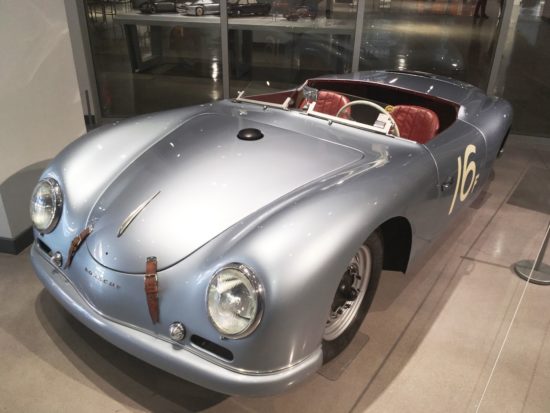
Porsche Sauter – photo compliments of Kevin Triplett’s Racing History
He was raised by an aunt and other relatives in the Indianapolis area. He went struck on his own at 16—yet was valedictorian of his high school graduating class.
He told his college class in a speech many decades later: “I couldn’t do sports, and I wasn’t socially cool; grades were what I could do,” he recalls. “Plus my aunt who helped raise me demanded it.”
While he was still in high school a representative from Wabash College visited the school and that led to Ray getting a “full ride” scholarship.
He earned a degree in chemistry, was accepted by Johns Hopkins, one of the most prestigious medical schools in the country and went on to be a doctor. It was while at med school the early ’70s that he bought his first used Porsche.
THE MILLION DOLLAR BARN FIND
Now when he got the tip, back in ’82, he didn’t know it was going to be a million dollar car. He told his school in a speech: “I heard about a Porsche that some junkyard guy owned that was unusual and nobody really knew what it was.”
The roadster had a missing engine, had been scorched in a fire, and, oh yeah, had sat outside since the late ‘50s. But Ray was smitten. He bought it and started working on it and found out it was the only Porsche roadster built by German racing enthusiast Heinrich Sauter, in 1951.
The steel body, enlarged engine, and racing history made the “Sauter Roadster” memorable and he soon discovered it was the missing link in the evolution of Porsche roadsters.
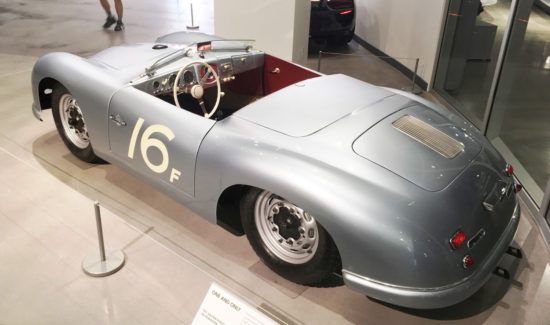
Porsche Sauter – photo compliments of Kevin Triplett’s Racing History
Not only did Ray devote 4,000 hours to completely restoring the car but he traveled to Germany to make sure the car’s history was accurately documented.
All the while he was working on it, the car kept appreciating. “I bought this car for $4,500 as a toy, not an investment,” he told his college in a speech. “But as the years went by I would keep hearing that maybe it’s worth $100,000, or maybe now $250,000, maybe now half a million, and I thought, ‘Yea, right.’ Well it turns out that it was.”
After owning it for decades he began to think of selling it. But he finally decided he was so grateful to Wabash for giving him a scholarship that he sold it with the provision that a portion of the money go to Wabash. He sold it to a private collector but that was a major stipulation of the deal. A charitable trust was set up where Ray and his wife receive payments monthly for life and the rest of the money goes to the school.
Then he went back to his pre-car hobby: woodworking, making guitars and period furniture. Ray described the sale of the Porsche as “a windfall for Wabash and a windfall for me.”
Lesson to be learned here? If you let enough people know you are searching for something oddball, some unusual car; something you can’t find in any books, but which has some pedigreed parts on it, and the price is low enough, you might want to be like Ray and take a chance. It could be something and it could be nuthin’. Ray took the plunge and it turned out he bought one of the most significant cars in Porsche history.
Another rare Porsche found and restored is the one-of-a-kind Porsche 901 Prototype.
Let us know what you think in the Comments.
THE AUTHOR: Wallace Wyss is a fine artist who publishes a list of available prints of his car paintings. For the list write mendoart7@gmail.com.

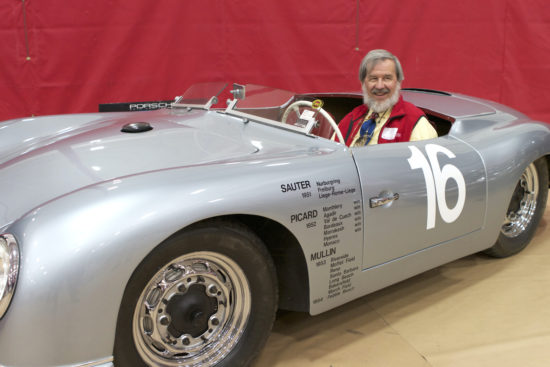

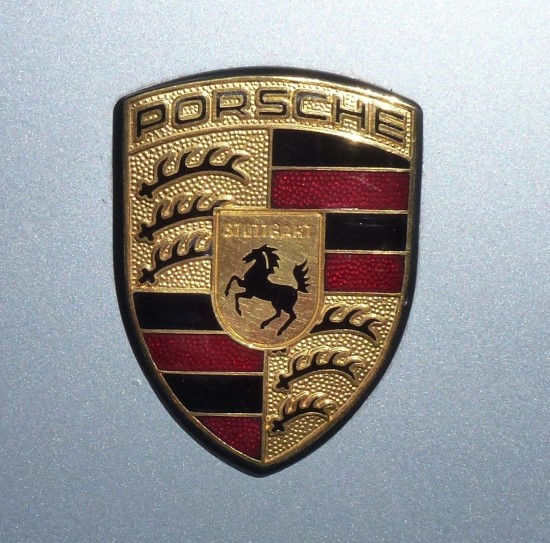
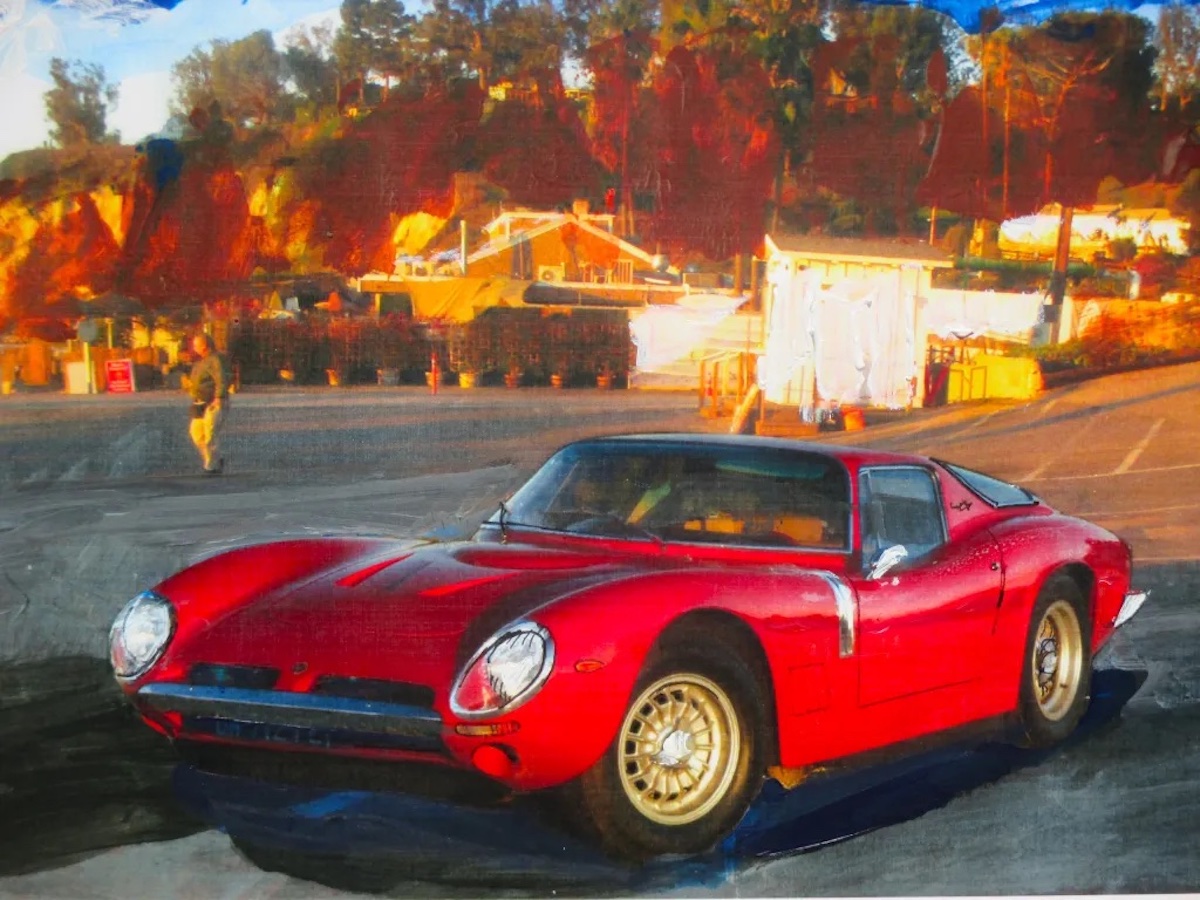

I am interested in the provenance of a somewhat singular Espada.
1969 rhd 7-prefixVIN 7969 series two [one-and-a half], original colours pale grey/pale blue, four owners, power steer, aircon [York].
Badges are Design de Bertone ceramics front flanks where other Espadae have the chrome low case “b” with the small “Bertone” ceramic below, Lamborghini logo is red anodized rising metal logo/badge on right rear of car.
Numbers match and engine is the 350bhp GTE400. Car has had four owners and covered 105,300 from new, 9,000 over the last twenty-nine years, four hundred only in the last eight years, and spent its life to on-sale NSW-registered ESPADA.
Varying designed and other inputs are made re the factuality of the vehicle depending on the leanings nad/or intent of the legend raconteur, none of which fit the 7-prefix or known history. Lamborghini PR will only say it is “a very special case”
I have been trying to remember where I have seen the Porsche 356 Sauter before and it finally came to me. I saw it at the Carmel Concours on the Avenue in August 2018. Below are 3 photos I took that day. And it is owned by my friend, Phil White shown in the first photo.
How could I forget this special Porsche is owned by a friend?
The second photo.
My third photo.
Mike, Great article by Wallace about Ray Knight. He did a terrific job in bringing this historical automobile back to as it was built. I met Ray at the Petersen Museum where his masterpiece was part of the celebration of 70 years of Porsche.